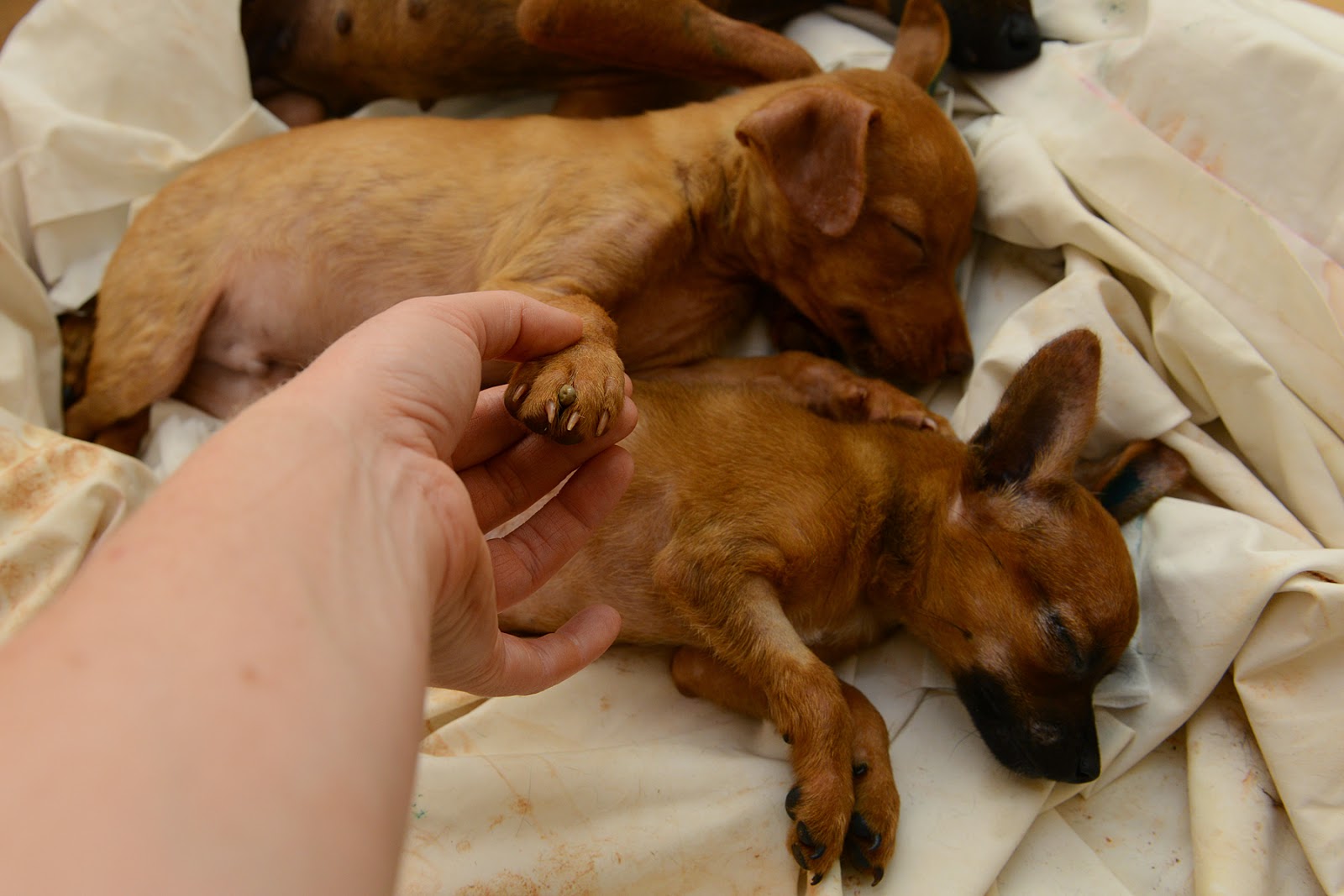 |
| With Stephen Cutter, Sophie Cutter, Brooke Robertson and Linda Bradbury. We desexed and wormed these puppies. |
 |
| Ahhh bliss, The light hits Uluru just before sunset. |
But access to veterinary
care is restricted – some communities are 500 or 1000km to the nearest vet, and
vet care can be out of the reach (both physically and financially) for many living in rural and remote
communities.
As a result, many animals in
these communities suffer from preventable conditions including reproductive
disorders like pyometra and transmissible venereal tumours, parasitism
(heartworm disease, tick-borne disease, high worm burdens) and problems that
stem from lack of population control (dog fighting, for example). This leads to poor health and welfare, but also impacts on human health and wellbeing (for example, the rate of zoonoses and dog bites).
 |
| Tick found between puppy's toes as he recovers from anaesthesia. |
I’ve just spent two weeks
volunteering in my favourite Territory (sorry Canberra, but the NT has stolen
my heart) with AMRRIC – Animal Management in Rural and Remote IndigenousCommunities.
Our teams set up field
hospitals, asked owners whether and which dogs they wanted desexed, performed
surgery and returned the dogs to the owners afterwards. It’s very different to
city practice in just about every way. Red dust seems to be ubiquitous. Sometimes
we had the owners or local kids watching the surgery. (And for the vetty
minded, total intravenous anaesthesia and flank speys are the norm). At the
town of Mutitjulu, our view from the surgery was Uluru – just sitting outside
the window like a big red dog. Two days in a row it actually rained on Uluru,
the entire rock turning briefly silver.
 |
| The view from the window. |
 |
| Temperatures in Central Australia can soar. A lot of dogs dig holes in the dirt because it is a bit cooler. More so if your hole happens to be right beside a tap. |
The reason I’ve been
involved with AMRRIC so long is that this is an organisation that recognises
the important role that healthy dogs have to play in Indigenous communities. I
can’t think of a better way to help people and animals simultaneously.
 |
| Lots of dogs. Desexing definitely improves their quality of life - and that of the community. |
You can support AMRRIC by
becoming a member, but another way is to send a family member or friend an
AMRRIC donation card for xmas (see here). Its a really easy way to make a difference.
Disclosure: this is not a sponsored post. The author is a member and volunteer for AMRRIC.
 |
| Cooling off with a friend. |

